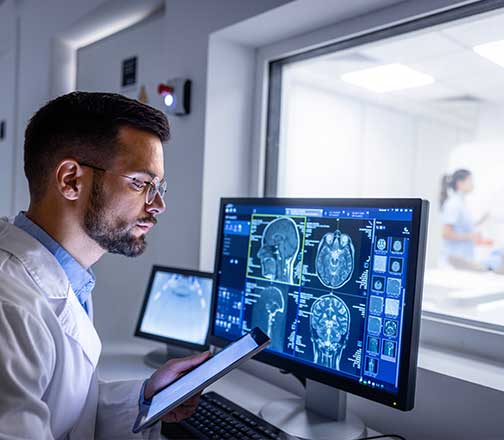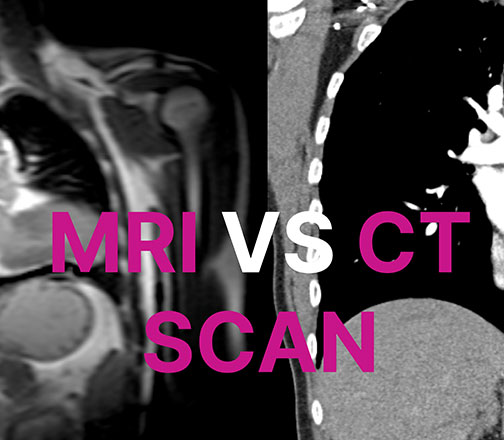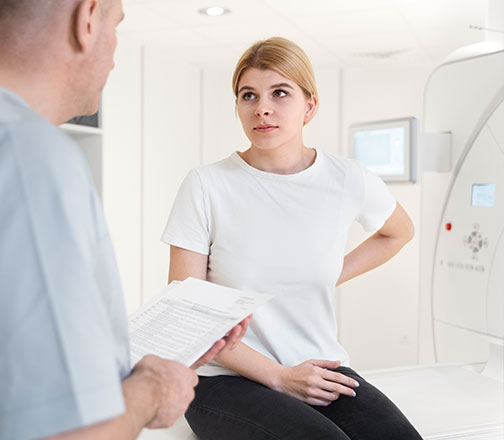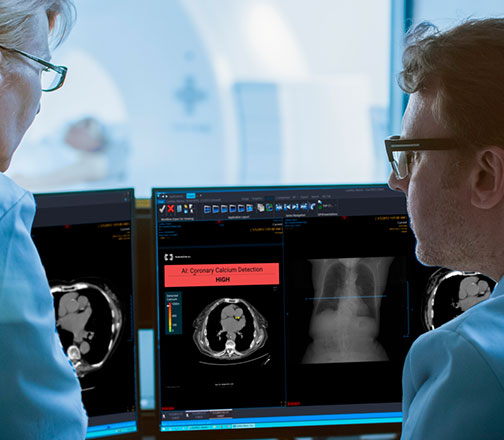Surgery Second Opinions: What You Might Learn by Asking
 Jul 02, 2025
Jul 02, 2025

Being told you need surgery can stop you in your tracks. Even when your doctor explains the procedure clearly, it’s normal to have questions. Is this surgery really the only option? What risks are involved? Could a less invasive treatment work just as well?
These are not small questions. Even minor surgeries can have serious risks, long recovery times, and significant costs. And in some cases, surgery truly may not be necessary. For example, according to a 2024 analysis, U.S. hospitals performed more than 200,000 unnecessary back surgeries over the course of just three years.




















